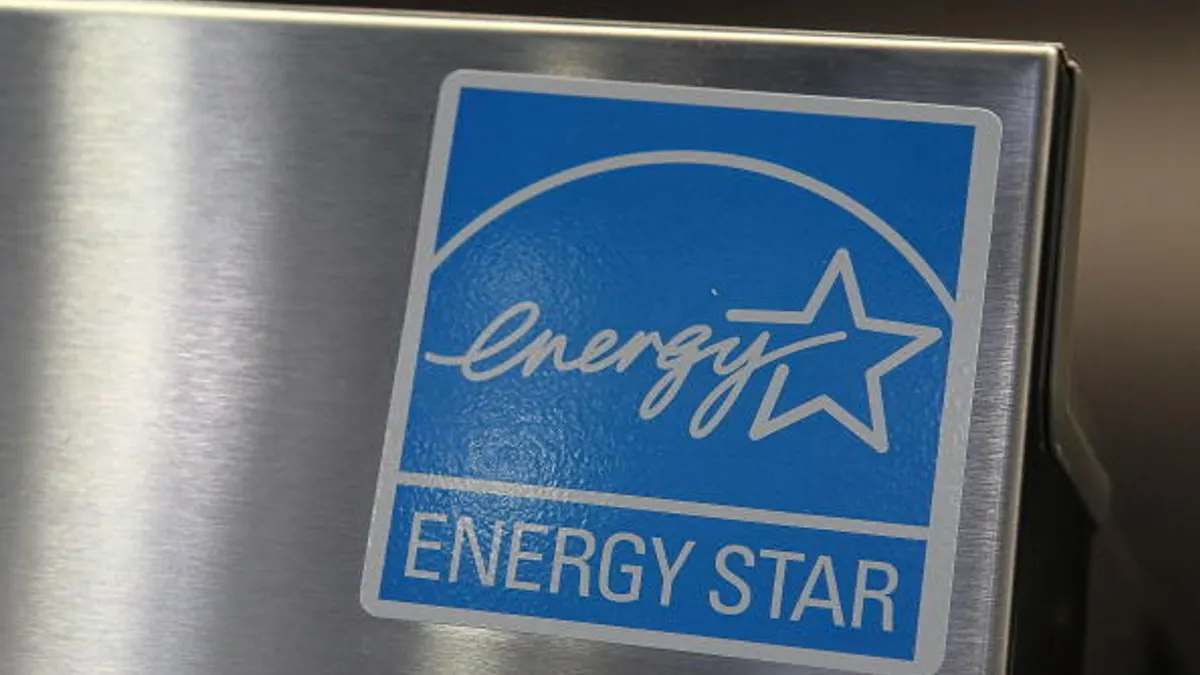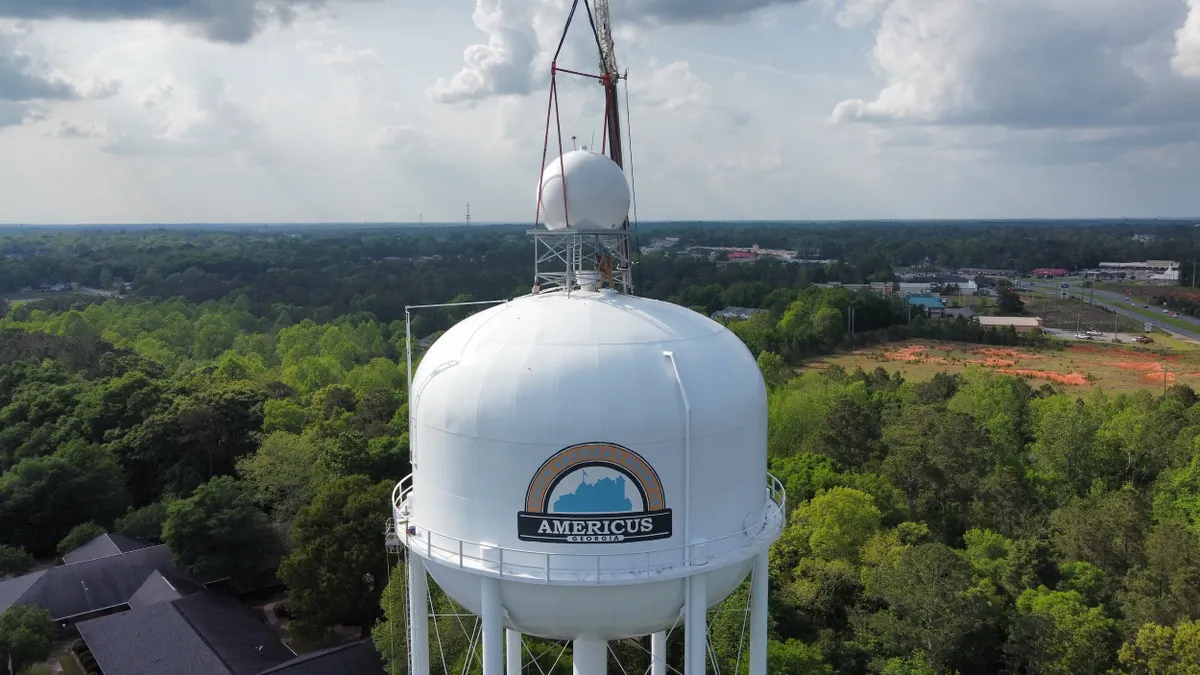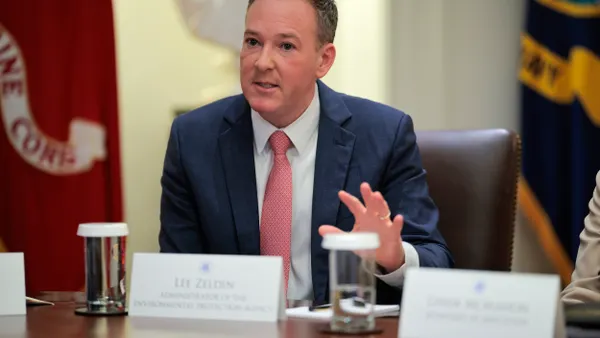Editor's note: This article was originally published in American City & County, which has merged with Smart Cities Dive to bring you expanded coverage of city innovation and local government. For the latest in smart city news, explore Smart Cities Dive or sign up for our newsletter.
A Strategic Guide for Procurement Leaders Navigating Budget Cuts
Local governments across the U.S. are facing mounting fiscal pressures. Factors such as declining tax revenues, escalating service demands, and inflation-driven cost increases are straining municipal, county, and state budgets.
For procurement leaders, this raises a critical question: How can you continue to meet departmental needs, ensure compliance, and create long-term value for your community—when resources are more limited than ever?
The Strategic Procurement Mindset
These constraints reveal that procurement teams are no longer simply purchasers—they're strategic stewards of institutional success. Procurement leaders are being challenged to think differently, make dollars go further, and identify new levers for savings and efficiency.
One of the most effective ways to meet this moment is to reimagine procurement through the lens of value creation, using procurement to strategically align spend with institutional priorities and maximizing every dollar without compromising quality or compliance.
Step 1: Start With Visibility
The first step in driving value under tighter constraints is understanding where your money is going. This is where spend visibility becomes a crucial asset. By conducting a clear and comprehensive spend analysis, procurement leaders can:
- Identify inefficiencies or redundant suppliers
- Spot contract consolidation opportunities
- Prioritize high-impact categories for renegotiation or re-sourcing
- Uncover non-compliant or off-contract purchases
Visibility enables procurement teams to make confident, data-driven decisions. And it sets the stage for identifying where a cooperative purchasing strategy could accelerate cost savings amid tight budgets.
Step 2: Rethink the Sourcing Process
Once the data is in hand, it’s time to challenge traditional procurement models. The conventional request-for-proposal (RFP) process can be slow, resource-intensive, and often leads to minimal cost advantage. In a resource-strapped environment, many agencies are exploring alternative procurement paths to save both time and money without sacrificing quality or compliance.
That’s where cooperative purchasing comes in.
Step 3: Consider Cooperative Purchasing
Cooperative purchasing allows procurement to tap into contracts that have already been competitively solicited. These contracts provide access to pre-awarded suppliers, volume pricing, and built-in compliance, removing the need to duplicate the solicitation process.
Instead of starting from scratch, procurement leaders can lean on the collective buying power of thousands of agencies through cooperative contracts to:
- Eliminate time-consuming bid processes
- Access a broader network of trusted suppliers
- Comply with state and local purchasing requirements
- Secure better pricing and terms
Put simply, when budgets tighten, cooperative purchasing offers a path to efficiency, speed, and scale.
From Budget Cut to Breakthrough: What This Looks Like in Practice
Facing persistent budget constraints, higher education institutions are under immense pressure to make every dollar count. Instead of launching new projects, many are turning inward—looking for smarter, leaner ways to achieve their goals.
Take the example of a university needing to upgrade its data infrastructure. Traditionally, this would trigger a full RFP process—drafting specs, evaluating bids, negotiating contracts. It’s a 6–9 month undertaking, draining time and administrative resources.
But through cooperative contracts, the same university can sidestep this costly process. By tapping into competitively awarded agreements, they gain access to pre-vetted suppliers and negotiated pricing—turning a budget headache into an operational win. Implementation can begin in days, not months.
Read our success story with UC San Diego to learn more about how to drive value with strategic procurement.
The Bottom Line
The pressure on government procurement teams is real—but so are the opportunities. Agencies that embrace new procurement strategies, leverage cooperative contracts, and rely on data-driven decision-making will not only emerge more resilient, but also better positioned to drive long-term value.
If your budget has been cut, you’re not alone. But with the right approach, this moment can be a positive turning point that drives lasting financial impact for your community.
OMNIA Partners: Built for Budget-Conscious Agencies
OMNIA Partners is the largest and most experienced cooperative purchasing organization in the United States. For government agencies at the local, county, and state levels, we provide:
- Access to a portfolio of contracts across every major spend category, all competitively solicited and publicly awarded.
- Spend visibility tools that help agencies identify cost-saving opportunities and optimize budget allocation.
- A streamlined ecommerce experience through OPUS, enabling procurement teams to research, compare, and connect with suppliers—all in one centralized platform.
- Public procurement experts who understand the regulatory and budgetary challenges facing government entities and can guide you through compliant, cost-effective purchasing strategies.
Want to see how this looks in action? Contact us today to get your complimentary Spend Path assessment and free OPUS membership.
About the Author
www.omniapartners.com








